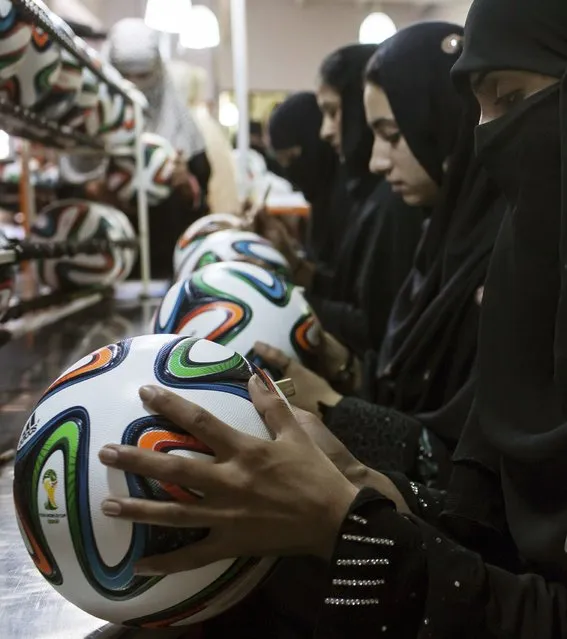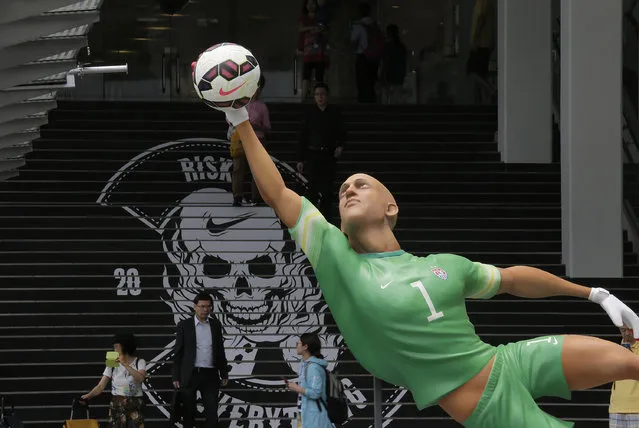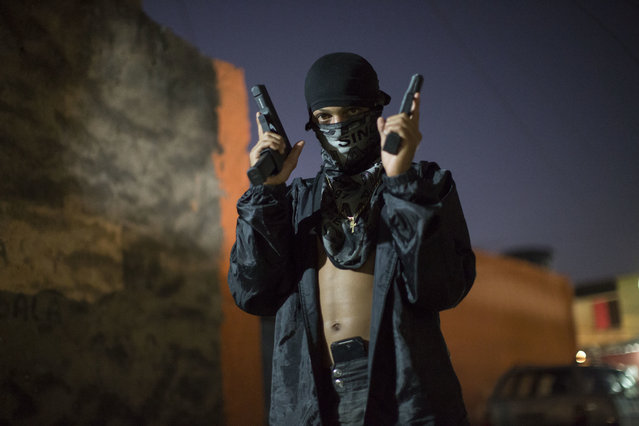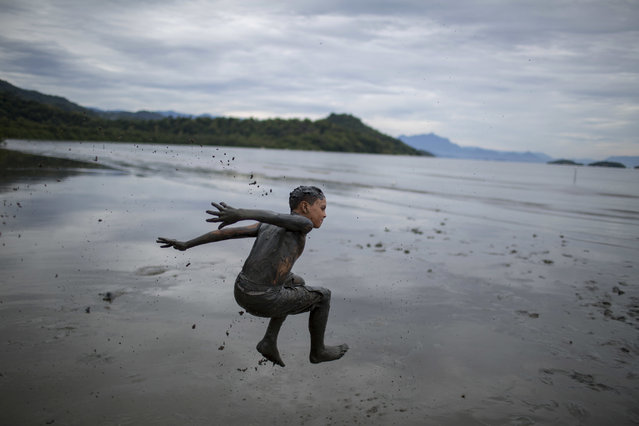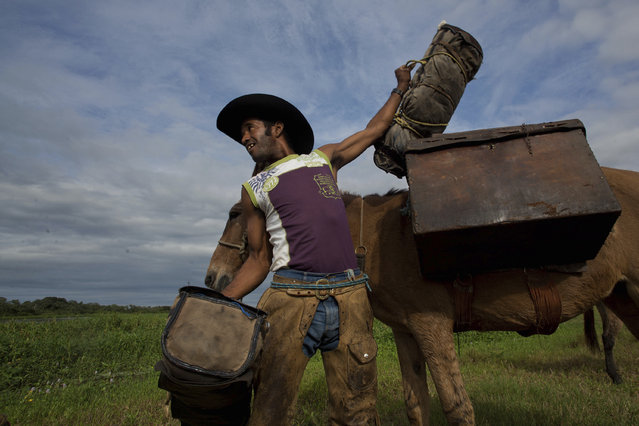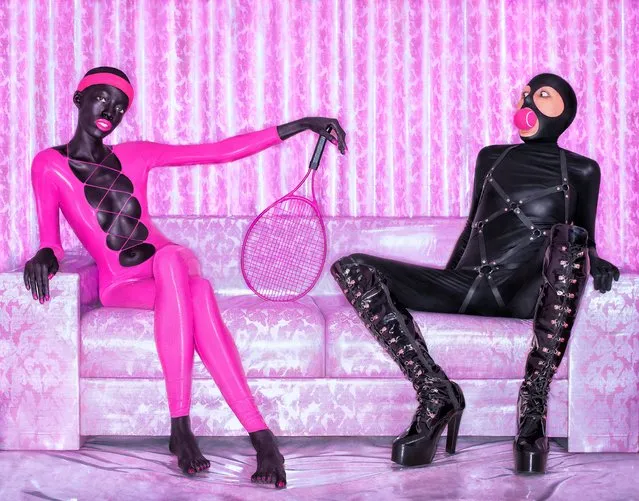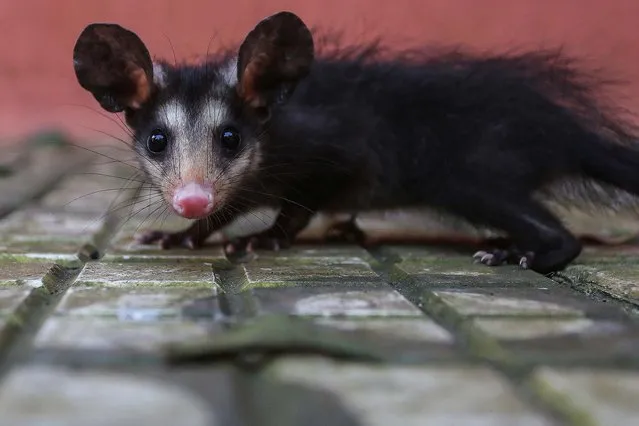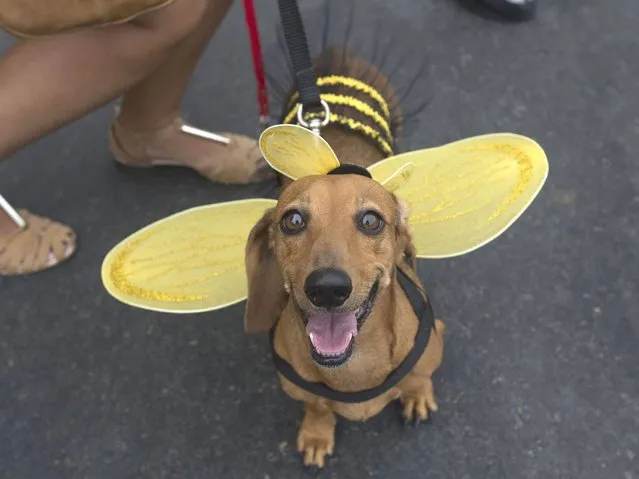
A dog dressed like of a bee is seen during the “Blocao” dog carnival in Rio de Janeiro, Brazil, Sunday, February 16, 2014. About 100 dogs have had their day at a pre-Carnival bash in Rio de Janeiro. A 10-man brass band and a singer belting out Rio's anthem song “Cidade Maravilhosa” (Marvelous City) kicked off the four-footed fest as dog owners gathered to party down with pooches on Copacabana beach Sunay. (Photo by Silvia Izquierdo/AP Photo)
18 Feb 2014 14:50:00,post received
0 comments

